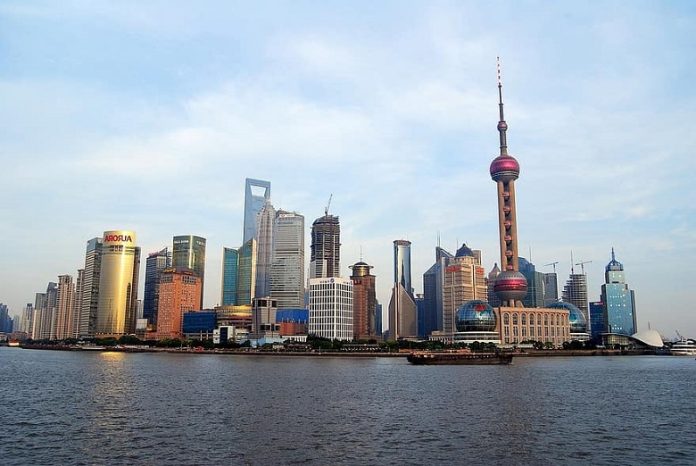Over the past two decades, the Asia-Pacific (APAC) region has played an increasingly important role in the world economy. The weight of APAC in global GDP has risen from around 27% in 2000 to around 37% by 2021. This has resulted in a substantial rebalancing of the global economy from West to East, driven heavily by the rapid increase in the size of China’s economy.
By 2040, the economic weight of the APAC region is forecast to rise further to around 42% of world GDP, driven mainly by the further economic expansion of China, India and the ten Southeast Asian countries comprising ASEAN. The rising economic weight of APAC has far-reaching economic implications, notably due to the growing economic importance of APAC consumer markets as drivers of world demand growth.
The shift from West to East
The total GDP of the APAC region has risen from 9 trillion in 2000 to 35 trillion by 2021, with APAC now accounting for around 37% of world GDP. Since 2000, the weight of APAC in world GDP has increased by 10 percentage points, which is a relatively rapid upwards shift in the share of the APAC region in the global economic pie.
In contrast, the weight of the European Union (EU) has declined significantly, from 26.5% of world GDP in 2000 to 17.9% in 2021, with the UK “Brexit” from the EU having accelerated the relative decline in the overall weight of the EU. Even if UK GDP is added to the EU total, the share of EU plus UK in world GDP in 2021 is 21.3%, which is still significantly lower than in 2000. The weight of the US in world GDP has also declined from 30.5% in 2000 to 24.1% by 2021, albeit still significantly larger than China.
APAC long-term outlook
The weight of the APAC region in world GDP has risen from 27% in 2000 to 37% by 2021, with a further increase to 42% projected by 2040. This economic shift from West to East has far-reaching implications for multinationals worldwide, as APAC consumer markets become increasingly important drivers of global demand growth.
The shift in economic weight from West to East has reflected the rapid economic ascent of China in the world economy since 2000, as well as the declining economic weight of the EU, which has already fallen from 26.5% of world GDP in 2000 to 17.9% by 2021. Over the next two decades, the share of the EU in world GDP is expected to moderate further, to around 14.2% by 2040. Meanwhile, the role of the US in the world economy is expected to remain broadly stable, with its share of world GDP changing from 24.1% in 2021 to 21.6% in 2040.
The three main growth engines for APAC’s economic growth over the next two decades are China, India and ASEAN. The rapid growth in household incomes of Asia’s populous emerging markets of China and India will be key drivers for world consumption growth. In addition, consumer markets in populous Southeast Asian nations, notably Indonesia, Philippine and Vietnam, will also grow at a rapid pace.
Source: www.hellenicshippingnews.com





